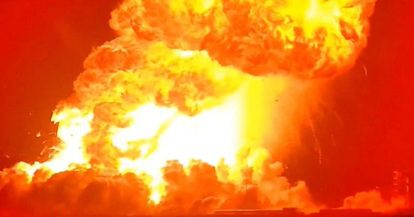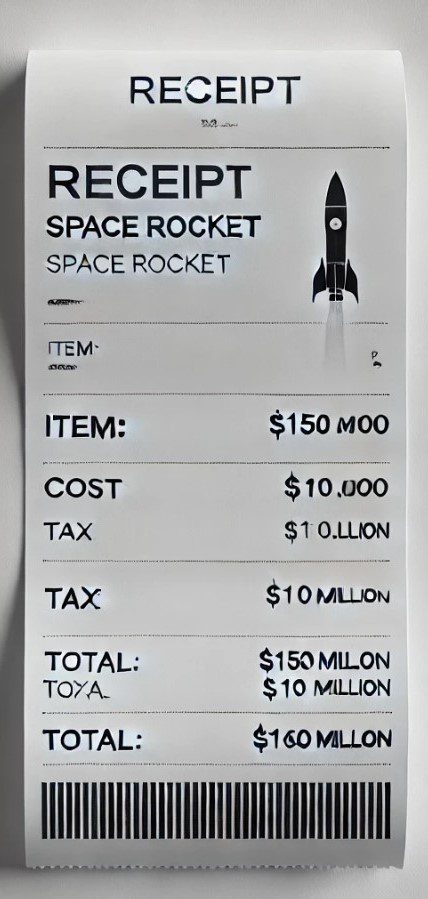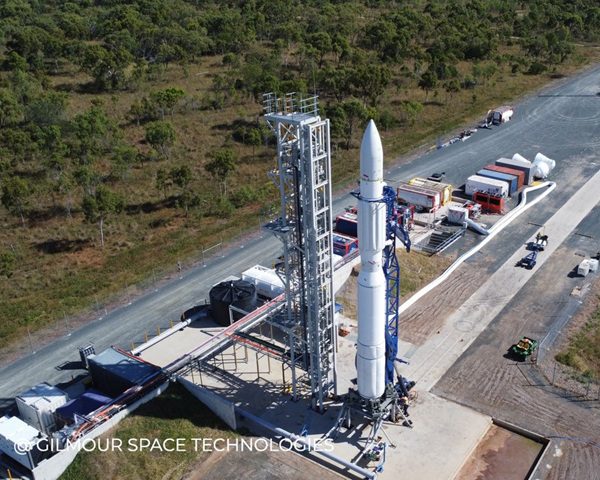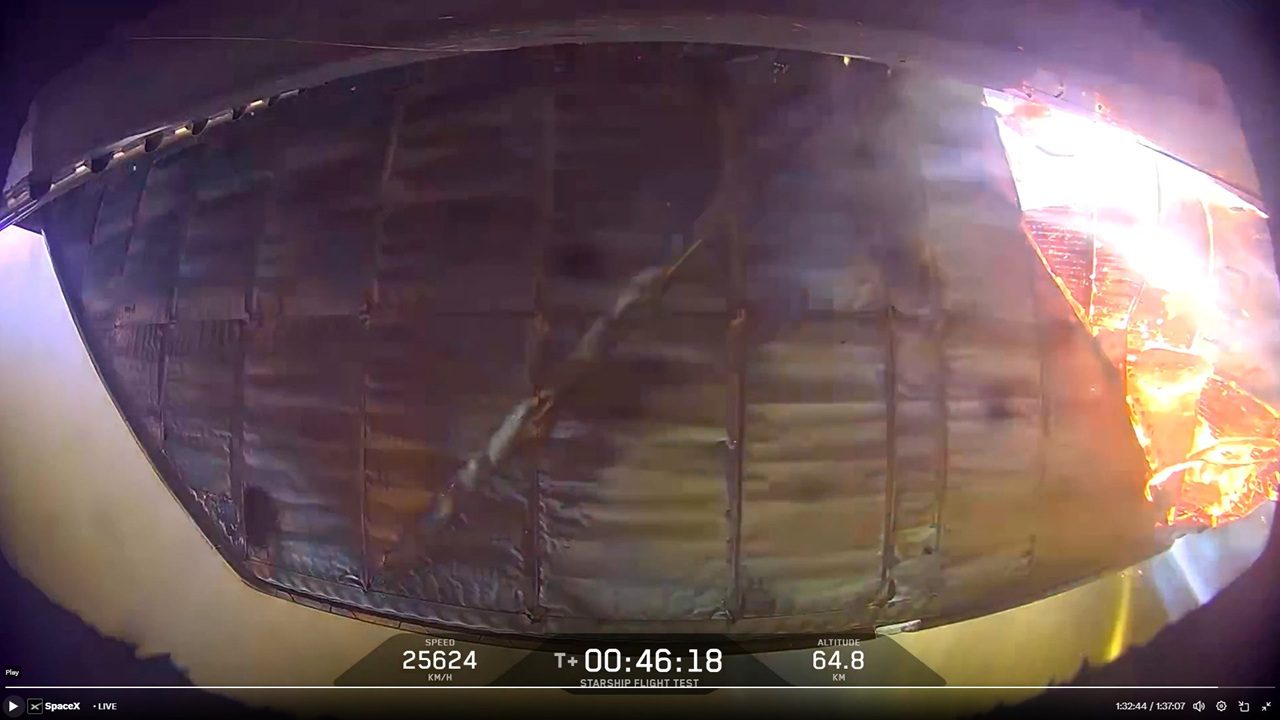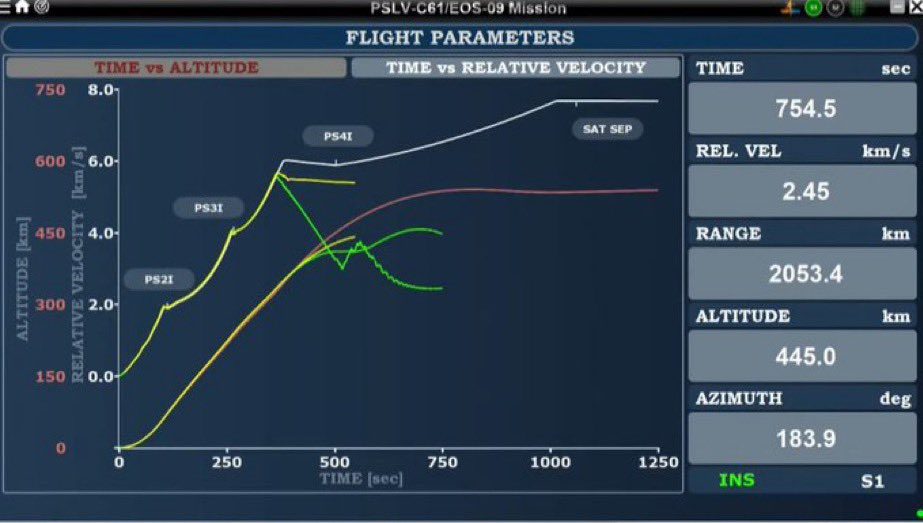Radioastronomy pioneer Sir Bernard Lovell has passed away in early August at the age of 98. Lovell became famous for his association with the development and running of the Jodrell Bank Mark 1 radio telescope.
Having graduated from the University of Bristol in Physics and going on to take a PhD in electrical conductivity, Lovell was studying cosmic rays at the University of Manchester when World War II broke out.
Lovell received an OBE for for his work at the Telecommunications Research Establishment developing the H2S bombing and navigation radar that was used by RAF Stirling and Halifax pathfinder bombers. His work led to him discovering the interference caused by the ionising effect of meteors falling through the atmosphere. After the war, Lovell set up the Jodrell Bank Observatory in Cheshire and built the then largest steerable radio telecope ever built. This has since been renamed after him.
After going over budget in its construction, funding to operate the 76m diameter telescope became scarce until it was realised that the station would be an ideal tracking station for ballistic missiles and spacecraft that were becaming a threat to the West int the late 1950s. Most famously, in 1959 the space telescope was first to receive Luna 3 spacecraft images of the far side of the moon, beating its Soviet receivers. Lovell reports that an attempt on his life was made duing a scientific visit to the Soviet Uniion. Lovell received a knighthood for his work in 1961.
The space telescope was not just used to monitor hostile rockets and spacecraft, even NASA craft used the dish for monitoring purposes.
Lovell remained active in research until late in life and remained a strong supporter of the space telescope that bears his name – resisting calls to shut it down on cost grounds in 2008.
A religious man, Sir Bernard Lovell married in 1937 and had a family of five children. We give his family and friends our condolences and pay tribute to his achievements

